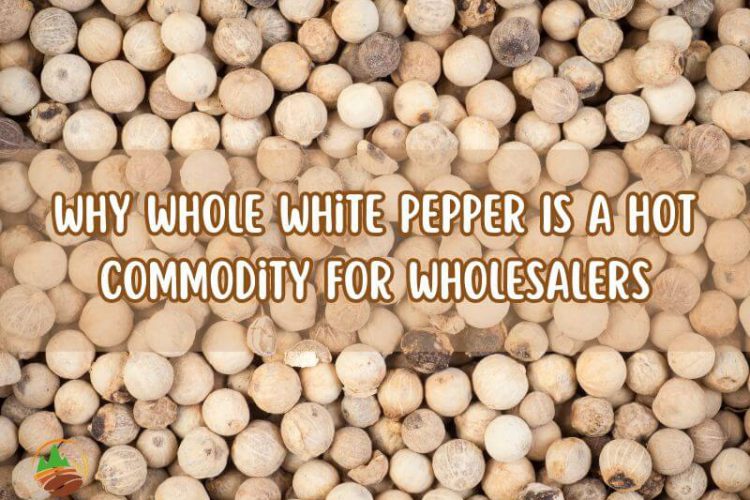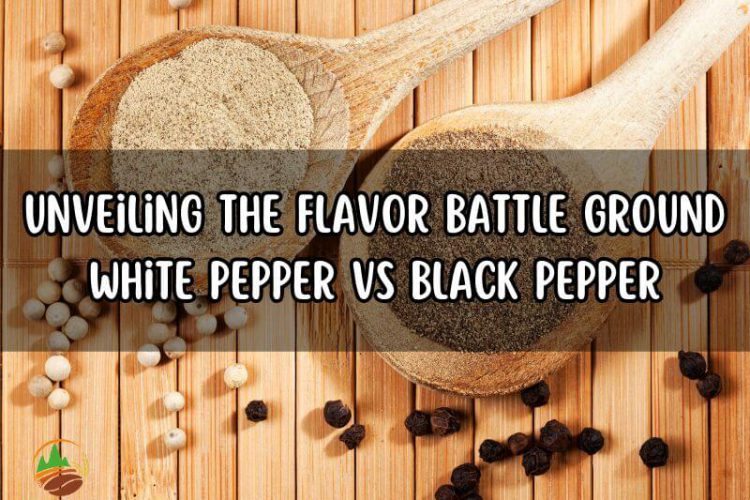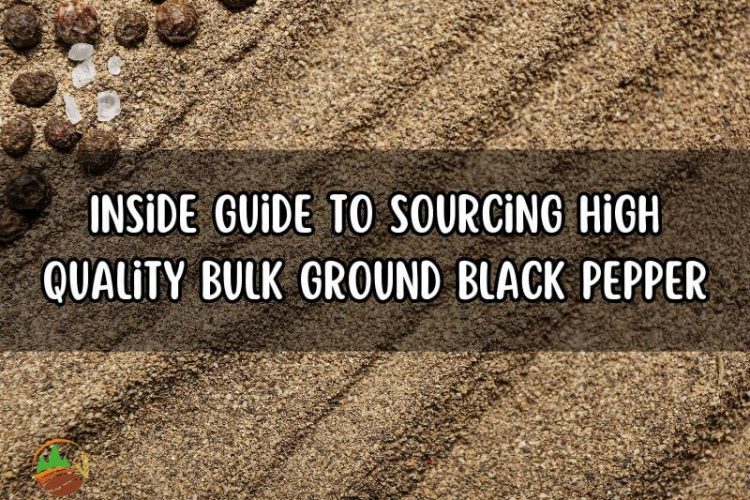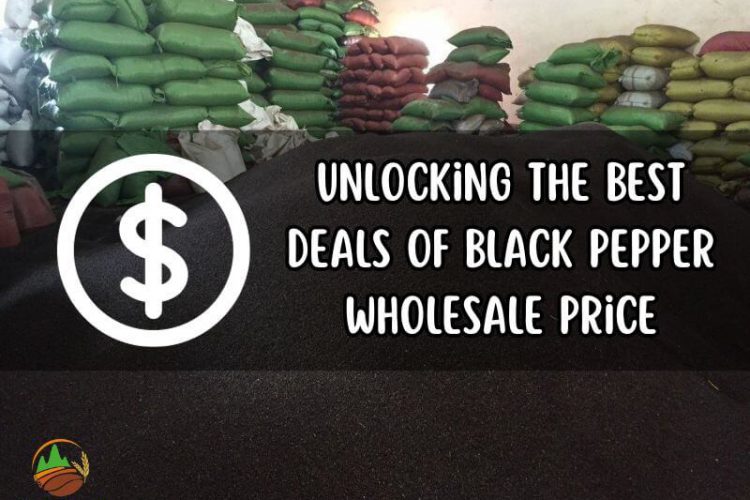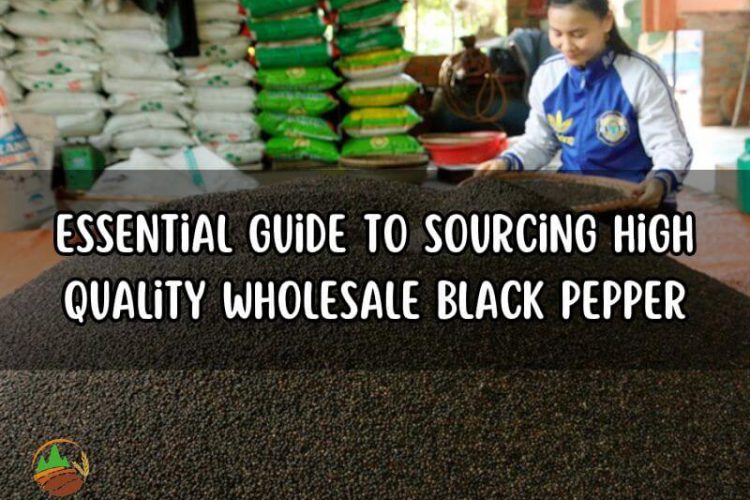Elevate your cinnamon import business with our guide on sourcing premium cinnamon leaves. Gain insights into essential aspects beyond aroma, ensuring top-quality supplies and successful partnerships in the competitive cinnamon market.
Table of contents
Overview look on the insight of cinnamon leaves
When considering which type of cinnamon leaf to use, it’s essential to understand their differing attributes and select the one that best complements the desired flavor and aroma of your culinary creations.
What are the main types of cinnamon leaves?
There are two primary types of cinnamon leaf: Ceylon leaves and Cassia leaves.
| Ceylon leaves | Cassia leaves | |
| Color | Lighter in color, ranging from pale green to medium green | Darker green, often with a more vibrant and intense hue |
| Taste | Subtle, mild, and slightly sweet | Strong, bold, and slightly spicy |
| Aroma | Delicate and nuanced, with a fragrant and slightly floral scent | Robust and pungent, with a potent and earthy scent |
| Oil content | Generally lower in essential oil content | Higher in essential oil content |
| Moisture content | Slightly higher moisture content | Lower moisture content |
| Coumarin content | Lower levels of coumarin | Higher levels of coumarin |
In comparison with cinnamon bark, cinnamon leaves offer a milder flavor and aroma, presenting a delicate and subtle essence of cinnamon with a slight sweetness. While less frequently employed in culinary contexts compared to the bark, they find utility in wrapping, flavor infusion, and occasional cooking. Often available in fresh, dried, or powdered forms, cinnamon leaf has a more limited availability than the bark. In terms of health considerations, cinnamon tree leaf is believed to contain lower coumarin levels than the bark, although their usage is less prevalent, leading to comparatively fewer studies on potential health effects.
Due to the Cassia variety, Cassia leaves contain a higher amount of coumarin, more intensive flavor and higher oil content than the Ceylon leaves, just as their bark-based partners.
Cassia leaves and Ceylon leaves are different in many other aspects, importers should get to know well about what is the difference between Ceylon cinnamon and Cassia cinnamon for the best cinnamon business.
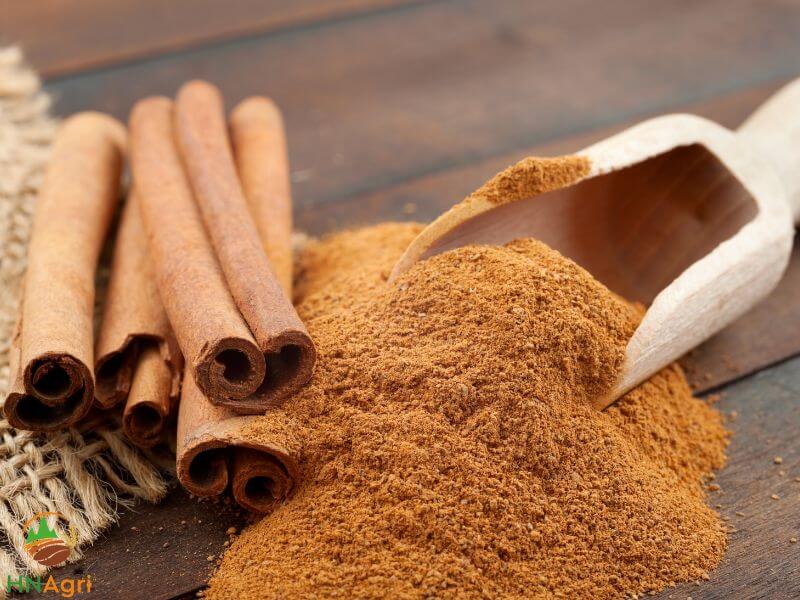
Cultivations countries and quantity of cinnamon leaves
Ceylon cinnamon leaf is primarily cultivated in Sri Lanka. Sri Lanka is known for producing high-quality Ceylon cinnamon bark, and the leaves are also harvested from these trees.
Cassia leaves are cultivated in several countries, including Vietnam, Indonesia, China, and other parts of Southeast Asia. Vietnam is one of the largest producers of Cassia cinnamon. Cassia cinnamon is more commonly available and is often used in larger quantities due to its robust flavor and economic value.
Last but not least, cinnamon leaves are not usually exported to other countries, they are mostly traded in domestic nations. Thus, wholesalers may find it difficult to seek cinnamon leaf exporters.

Several usages of cinnamon leaves you may find useful
Cinnamon tree leaves, although less commonly used than cinnamon bark, offer a range of culinary and non-culinary applications. Here are some usages of cinnamon leaf:
- Flavor Infusion: Cinnamon tree leaf can be used to infuse a delicate cinnamon essence into beverages, dishes, and desserts. They are often added to hot beverages like tea or mulled wine for a subtle hint of cinnamon flavor. However, the application of cinnamon bark is still more appreciated for culinary purposes.
- Wrapping: Cinnamon leaves are sometimes used as wrappers for steamed or grilled dishes, especially in Asian cuisines. The leaves impart a mild cinnamon aroma to the food, enhancing its fragrance.
- Decoration: Fresh cinnamon tree leaf can be used as a decorative element in food presentation, home decor or DIY and craft.
- Aroma therapy: Cinnamon leaf essential oil is extracted from the leaves and is used in aromatherapy, perfumery, and cosmetic products. Or dried cinnamon tree leaves can be added to potpourri blends to release a pleasant fragrance in living spaces.
- Insect Repellent: Cinnamon tree leaf may possess natural insect-repellent properties, making them potentially useful for keeping pests at bay.

Average price of cinnamon leaves you can refer to
| Ceylon leaves | Cassia leaves | |
| Wholesale price | $8,000 to $12,000 per ton | $2,000 to $7,000 per ton |
| Retail price | $10 to $20 per kilogram | $5 to $10 per kilogram |
As mentioned above, cinnamon leaves are more affordable than bark due to its less intense aroma, limited culinary and industrial use, less labor-intensive processing, lower market demand, and niche applications. Cinnamon bark possesses strong flavor, versatile applications, and higher demand contribute to its comparatively higher price.
However, the average prices of Ceylon leaves and Cassia leaves can vary based on factors such as region, quality, market demand, and fluctuations in the spice market. It’s important to note that prices can change over time. For the most current and accurate pricing information, it’s recommended checking with spice suppliers, wholesalers, or market reports.

All you need to know about cinnamon leaves suppliers
Cinnamon leaf suppliers play a vital role in the cinnamon industry by ensuring the availability of high-quality leaves for various applications. This part will show you the overview of cinnamon tree leaf suppliers.
Two main types of cinnamon leaves suppliers
The suppliers of cinnamon leaf are typically divided into two main types:
- Direct Suppliers (Raw Material Area Suppliers): Direct suppliers of cinnamon leaf, usually situated in cinnamon-growing regions, oversee cultivation, harvesting, and initial processing. They ensure leaf quality, undertake essential processing steps, and lay the groundwork for cinnamon tree leaf quality and availability.
- Indirect Suppliers (Wholesalers): Indirect suppliers, like wholesalers, bridge the supply chain gap, procuring cinnamon leaves from direct suppliers and distributing to buyers. Wholesalers undertake tasks such as purchasing, packaging, quality control, and distribution, linking producers with manufacturers, retailers, and other customers to ensure widespread access to cinnamon tree leaves.

Significant signs of fraudulent cinnamon leaves suppliers
Identifying fraudulent cinnamon leaf suppliers is crucial to ensure the quality and legitimacy of your products. Here are some signs to watch for:
- Lack of Documentation: Legitimate suppliers provide proper documentation, including certificates of origin, quality, and safety. If a supplier cannot provide these documents, it raises suspicions.
- No Physical Address: Lack of a physical business address or reluctance to provide one suggests an unestablished or dubious operation.
- Refusal of Samples: A legitimate supplier should be open to providing samples for quality assessment before committing to larger purchases.
- Avoidance of Third-Party Inspection: If the cinnamon leaves supplier avoids or resists third-party inspections or audits, it could indicate they have something to hide.
To mitigate the risk of dealing with fraudulent suppliers, conduct thorough research, verify their credentials, request samples, and consider using secure payment methods and third-party inspections. It’s also wise to establish clear terms and agreements in writing to protect both parties.

Some reliable cinnamon leaves suppliers you should know
Below are some examples of famous suppliers and wholesalers of cinnamon leaf in the world:
- Rathna Producers Cinnamon Exports: Embark on a journey of sensory delight with Rathna Producers, your trusted source for premium Ceylon leaves. Nestled in Sri Lanka, their commitment to sustainable practices and unwavering quality shines through in every leaf we harvest. With a legacy of excellence, they take pride in offering you the essence of Ceylon leaves, ready to elevate your culinary creations and wellness pursuits.
- Hoan Nghia Cinnamon: Welcome to Hoan Nghia Cinnamon, where the vibrant culture of Vietnam meets the essence of Vietnamese cinnamon leaves. Located in Ho Chi Minh City, we bring you nature’s bounty through carefully selected leaves from local farmers. With a dedication to quality and authenticity, our cassia leaves are a testament to the rich heritage and flavors of Vietnam, adding a touch of exotic allure to your culinary ventures.
- Rempah Sari: Based in Indonesia, their mission is to bring you the finest cassia leaves nurtured by our fertile lands. As guardians of tradition and quality, we invite you to explore the depth of flavor and aroma that only Indonesian cassia leaves can provide.
- Qingdao Hilda-Jingyi Trading Co., Ltd: Embrace the essence of cassia leaves with Qingdao Hilda-Jingyi, your gateway to China’s aromatic treasures. Situated in China, they take pride in delivering a diverse range of cassia cinnamon leaf, meticulously sourced and skillfully packaged. With their strong commitment to reliability and prompt global deliveries, they are your partners in adding a dash of Chinese spice to the world.
- Spice Jungle: Welcome to Spice Jungle, your one-stop destination for the heartwarming allure of Ceylon leaves and Cassia leaves. With their expansive network and unwavering dedication, they are your trusted partners in harnessing the richness of cinnamon leaf for your culinary and commercial endeavors.


